Derived from the word ‘kalam’, meaning pen, and ‘kari’, which stands for work, kalamkari literally translates to pen-work. Considered to be about 3,000 years old, the art form only makes use of organic colour and dye. With more people turning to sustainable fashion, kalamkari is undoubtedly the perfect, eco-friendly craft.

Gaurang
The chronicles of kalamkari
In ancient India, painting with organic colours was always very popular, but kalamkari art originated in Andhra Pradesh, primarily in Kalahasti and Masulipatnam. Most rural women and craftsmen took up the art form as their main occupation, passing it down from one generation to the next. The paintings back then used to depict Hindu deities and scenes from Hindu mythology. The artists in Kalahasti would paint the mythological scenes, whereas the weavers in Masulipatnam were involved in the block printing process. However, as the demand for kalamkari prints started increasing in the international market, craftsmen began to add different motifs to their paintings. Soon, Persian art became one of the major influences on the original designs.

Gaurang
Creating the kalamkari masterpiece
The kalamkari artist uses a bamboo or date palm stick pointed at one end with a bundle of fine hair attached to it, which serves as the brush or pen. The process is extremely slow and meticulous, as the fabric has to go through various treatments before and after painting. The gradient of the colours largely depends on the treatment of the cloth and the quality of the mordant. The Srikalahasti style, which takes inspiration from Hindu mythology, has one crucial feature: free hand drawing. This is why every piece of Kalahasti kalamkari art is one-of-a-kind! On the other hand, the Machilipatnam style involves hand block printing that consists of the sketch created by the craftsman. These blocks continue to be used repeatedly for many years and by different craftsmen. The most prominent motifs seen in kalamkari art include figures of women in yellow, demons in green and red, and Gods in shades of blue. The lotus flower is often used as the background for these prints.

Neeta Lulla
Designers who love kalamkari
Today, Andhra Pradesh continues to be at the center of kalamkari printing in India. As people are increasingly choosing organic methods over the use of harmful chemicals, the art form is gaining popularity all over the world. When it comes to Indian couturiers treading the kalamkari route, stalwarts like Gaurang Shah and Neeta Lulla have incorporated the printing technique in their collections. Others include Sashikant Naidu and Asmita Marwa. Furthermore, Divya Sheth has added a modern spin to the prints by showcasing them on boho maxi dresses, long jackets, and wide-legged pants.

Gaurang
Styling Your kalamkari
Every inch of a Kalamkari fabric boasts of royal elegance and artistic excellence. In case you haven’t tried it for yourself yet, add it to your wardrobe pronto with the help of these tips:
- Thanks to their incredible beauty, the classic kalamkari prints are being used on bags, clutches, kurtas, dresses, dupattas, and even on juttis. You can experiment with the print by starting off small with an accessory.
- You can balance an elaborate kalamkari blouse with a plain off-white or a bright solid coloured saree.
- For skirts and western dresses, patchwork kalamkari works well on any body type. If you’re petite, try to avoid large prints.

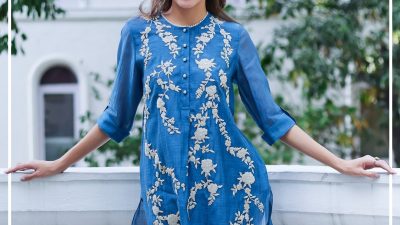
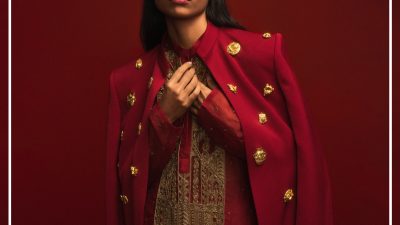
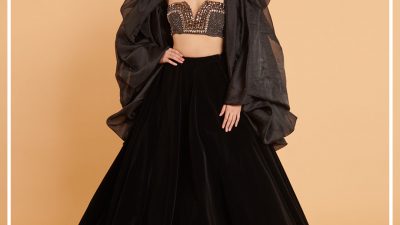
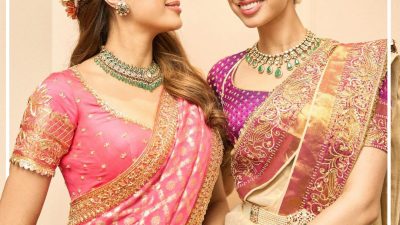
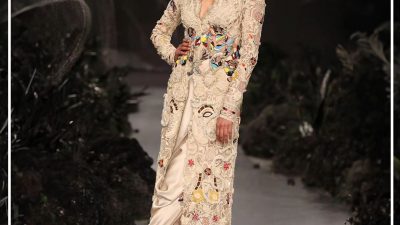
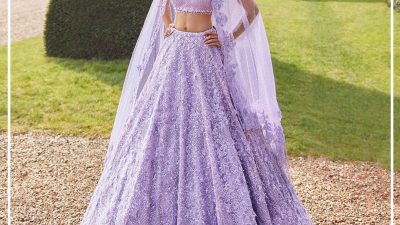
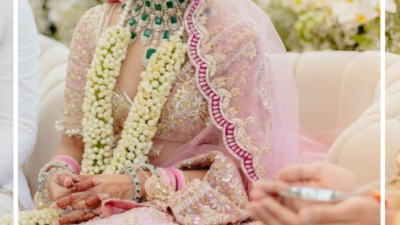
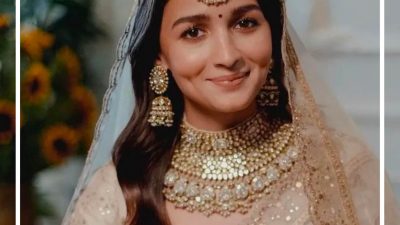


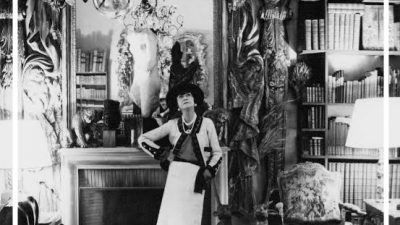
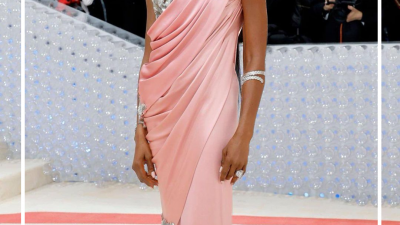
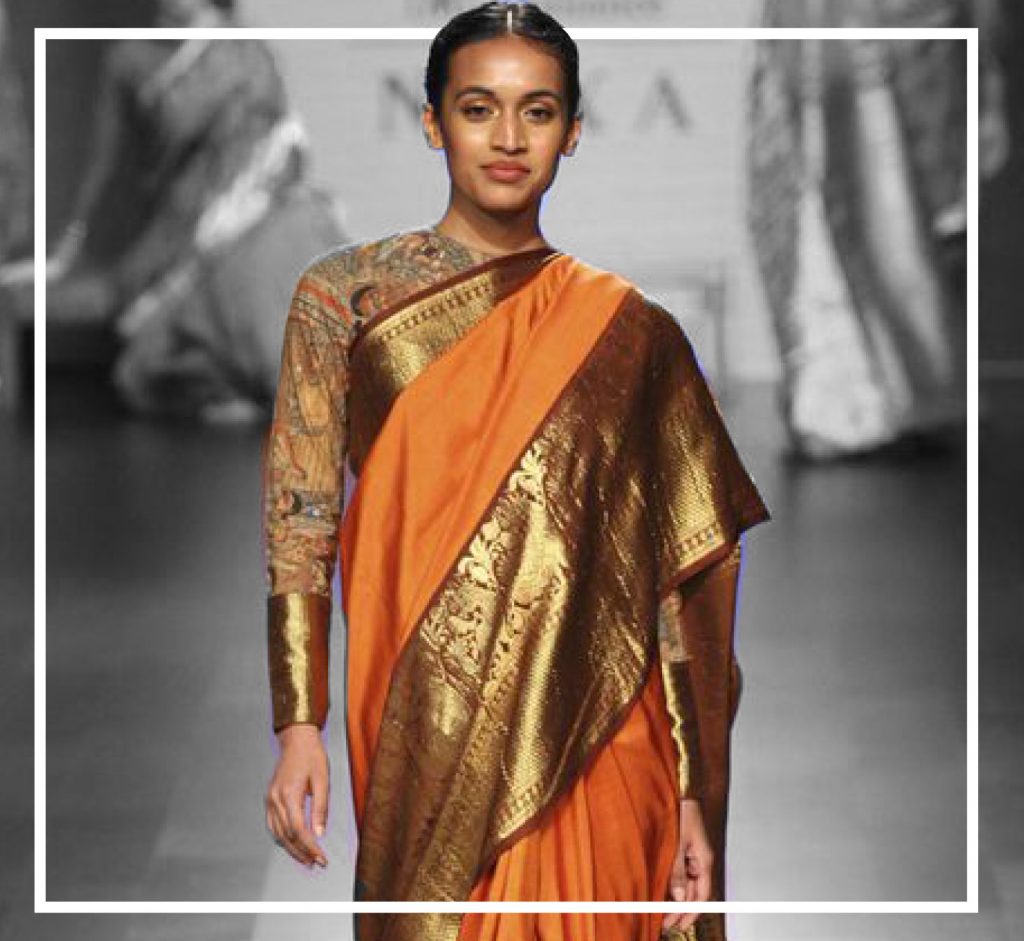

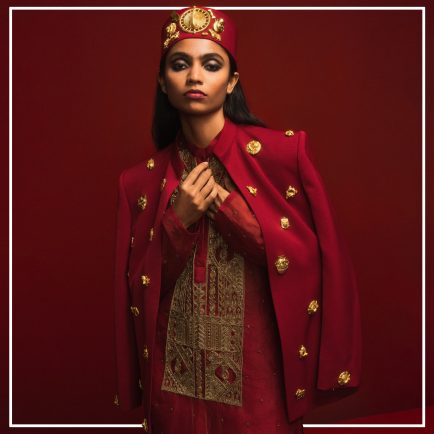


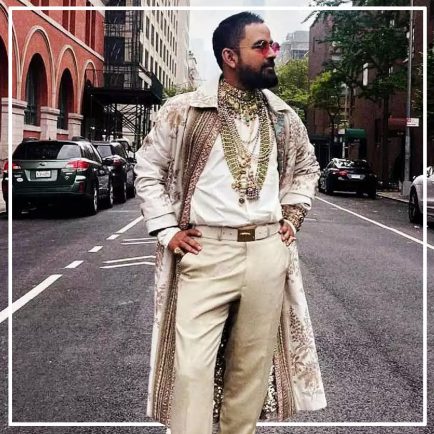
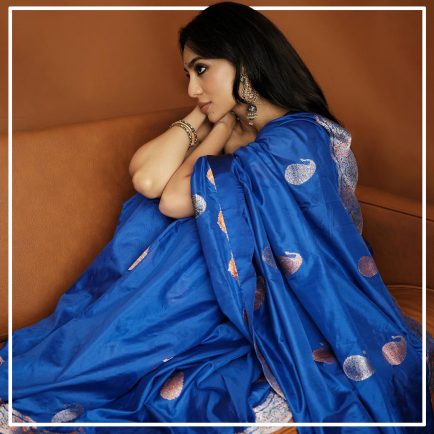
Comments